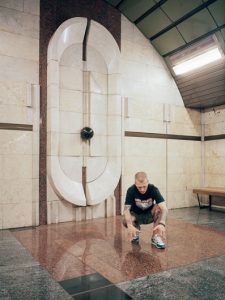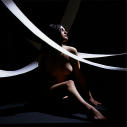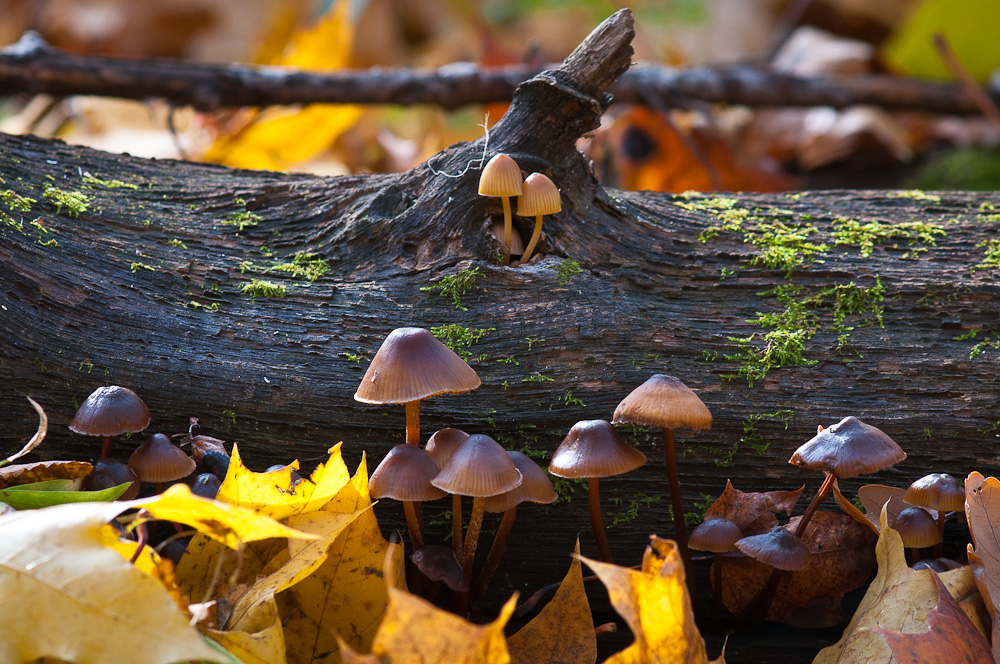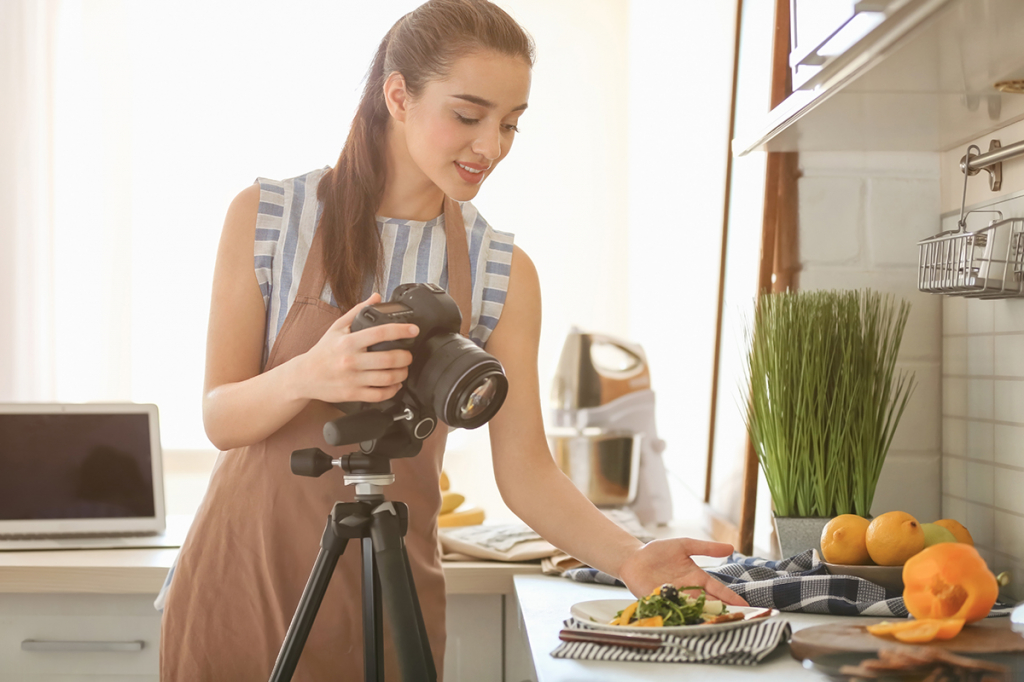optical devices
What is a modern photographer?
 We are all photographers today, but with the proliferation of digital photography, her theory is not keeping pace with her practice. In their dialogue, the philosopher Mikhail Kurtov and the artist Yegor Rogalev are looking for a new theory of photography.
We are all photographers today, but with the proliferation of digital photography, her theory is not keeping pace with her practice. In their dialogue, the philosopher Mikhail Kurtov and the artist Yegor Rogalev are looking for a new theory of photography.
Egor Rogalev: Today we are faced with constant difficulties in the photographic description of post-Soviet reality, and indeed reality in general. There is a situation in which the medium and technology in its development and dissemination significantly overtake the possibilities of its own conscious and non-manipulative use. Continue reading
Photography as a form of art
 At the time of the birth of photography, aesthetics were dominated by the belief that only man-made work can be art. The image of reality obtained using technical physicochemical methods could not even claim such a status. And although the first photographers, gravitating towards the artistry of the image, showed considerable compositional ingenuity to display reality (sometimes changing it beyond recognition), photography did not fit into the system of social values and priorities as one of the muses for a long time. Continue reading
At the time of the birth of photography, aesthetics were dominated by the belief that only man-made work can be art. The image of reality obtained using technical physicochemical methods could not even claim such a status. And although the first photographers, gravitating towards the artistry of the image, showed considerable compositional ingenuity to display reality (sometimes changing it beyond recognition), photography did not fit into the system of social values and priorities as one of the muses for a long time. Continue reading
Photographic space
 The reproduction of space by the artist is analytical. Creating a certain disposition of objects and figures on the plane, he sequentially builds depth, going from one spatial plan to another. The orientation of our eyes in space is based on a clearly fixed consciousness of verticals and horizontals – no tilting of the observer’s head creates a visual sensation similar to the effects of shooting with a camera tilted up or down. In the same way, the gaze directed into the distance tends to “straighten” somewhat, rationalize space. He involuntarily gives objects indefinitely turned to him more distinct positions, leading to the frontal plane of their face or profile. Continue reading
The reproduction of space by the artist is analytical. Creating a certain disposition of objects and figures on the plane, he sequentially builds depth, going from one spatial plan to another. The orientation of our eyes in space is based on a clearly fixed consciousness of verticals and horizontals – no tilting of the observer’s head creates a visual sensation similar to the effects of shooting with a camera tilted up or down. In the same way, the gaze directed into the distance tends to “straighten” somewhat, rationalize space. He involuntarily gives objects indefinitely turned to him more distinct positions, leading to the frontal plane of their face or profile. Continue reading




